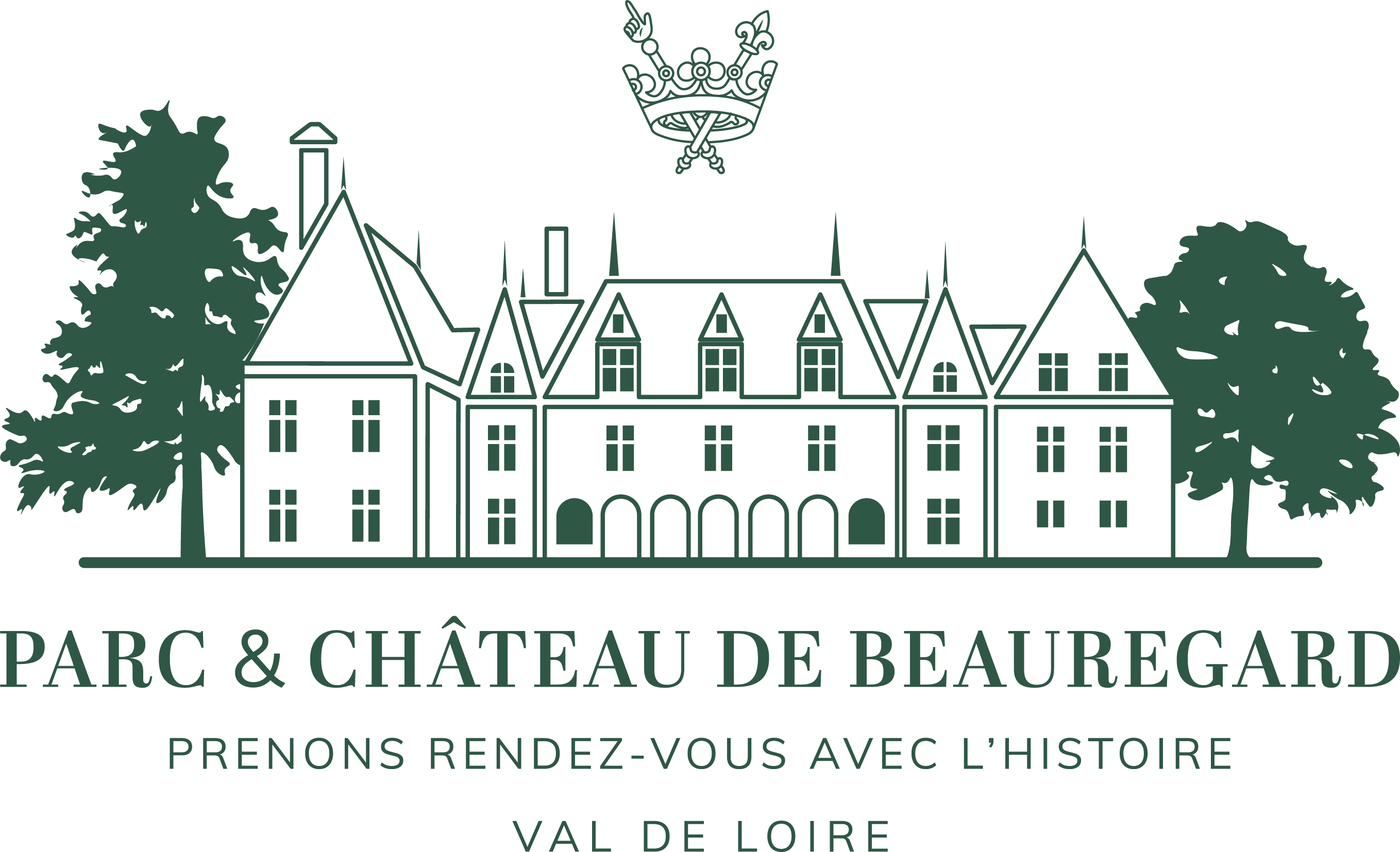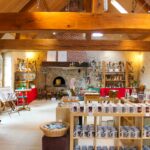Treat yourself, during a walk, to a moment of relaxation and discovery through the different botanical worlds (flowering from May to October) by following the routes that are suggested to you to facilitate your visit.
Laid out in 1992, the extraordinary Jardin des Portraits was designed by the Parisian landscape architect Gilles CLÉMENT , who made it a real tribute to the Galerie des Illustres du Château and its 327 portraits. You will be able to contemplate the 400 species of perennials and shrubs that make up this Garden, divided into 12 flower beds, each associated with a color. The Garden of Portraits of Beauregard illustrates the philosophy of the “Garden in Movement” of this landscape designer who advocates respect for Nature, as does the André Citroën Park or the gardens of the Branly Museum which he also created in Paris.
315 years of history told in flowers and colors!
All around the Garden, at the foot of the walls, you will not miss the marvelous rose garden made up of a hundred varieties of old bush roses planted at the request of Alain du Pavillon, as a testimony of love for his wife. You can also admire the “Rose de Beauregard”, created in 2000 especially for Beauregard.

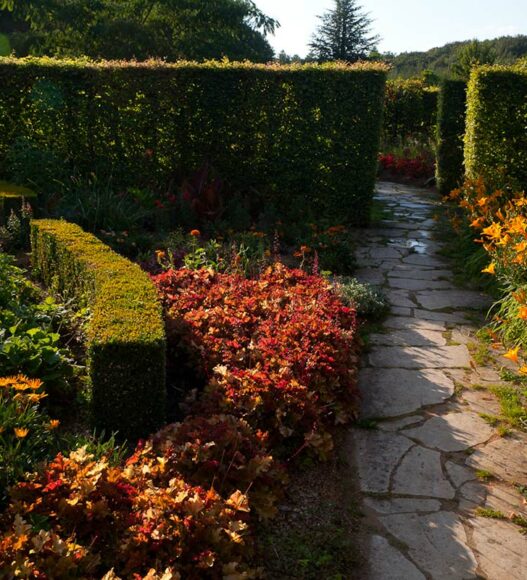





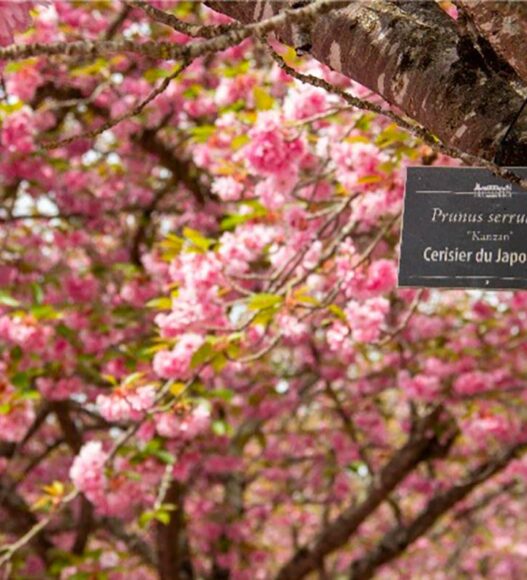
A stone’s throw from the Jardin des Portraits stands a magnificent alley called “Allée des Prunus” bordered on each side by flowering cherry trees from Japan called Prunus Kanzan.
Before the leaves appear, the carmine flower buds open into a profusion of pink flowers. The falling petals form a sumptuous pink carpet on the ground. After their intense and spectacular flowering, Prunus ‘Kanzan’ are adorned with elliptical deciduous leaves that first turn brownish-red, then medium green in summer and turn red-orange in autumn.
Along this shady path, you will meet the great figures of European history, classified by country. It’s a great introduction before visiting the Gallery of Illustrious Castle



This part of the park is dedicated to the grandchildren of the family. It is wooded with oaks for the boys and hornbeams for the girls. Not far from there, you can also admire four magnificent and rare cedars of Lebanon, some of which are over 250 years old.
The Domaine de Beauregard being irrigated by many surrounding streams, Count Alain du Pavillon decided in 1986 to create an artificial water feature called “the large pond” which would subsequently supply the entire park with water thanks to vast underground networks. The reeds bordering the pond raise the layer of clay and seal the pond.


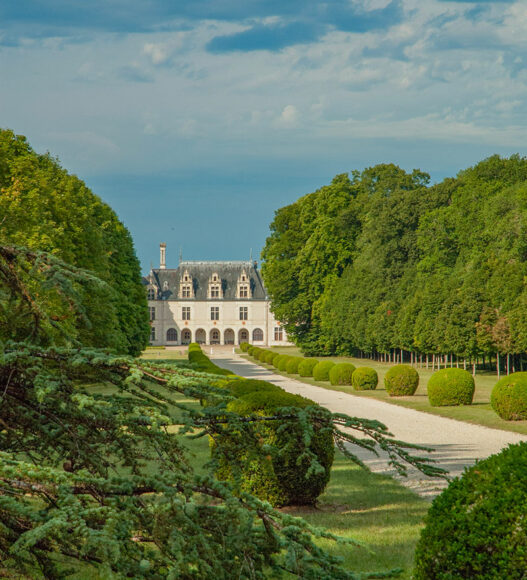

This alley was once taken by François I when he returned to Beauregard, neighboring the forests of Chambord and Russy, to indulge in his hunting appointments. In the continuity of this alley about twenty kilometers in a straight line, you arrive directly at the Château de Chambord.
At the entrance to Beauregard, you will come across Hungarian sheep and Sologne sheep, each with their own particularity.
The sheep of Hungary are nicknamed ‘wolf killers’ because of their large twisted horns allowing them to defend themselves from their enemies. They also have a long thick wool that there is no need to shear, they do it themselves by rubbing against the trees.
The sheep of Sologne have the particularity of being born all chocolate color, the brown persists on the head and the legs while growing. They are very hardy.




While strolling on the Allée de Chambord, you will find at the bend of a path the remains of a lovely chapel.
Built in the 14th century, it was located on the way to Santiago de Compostela. In ruins for several decades, it remains nestled in its green setting planted with camellias, rhododendrons and azaleas.
Restored in 2008, the Glacière de Beauregard dates from the 17th century. In winter, blocks of ice were collected there from the Loire or frozen ponds, which were then stored in this cooler. To perfect the coolness, the coolers were always facing due north. It was Catherine de Medici who brought the fashion for sorbets to the Court of France and therefore the coolers.
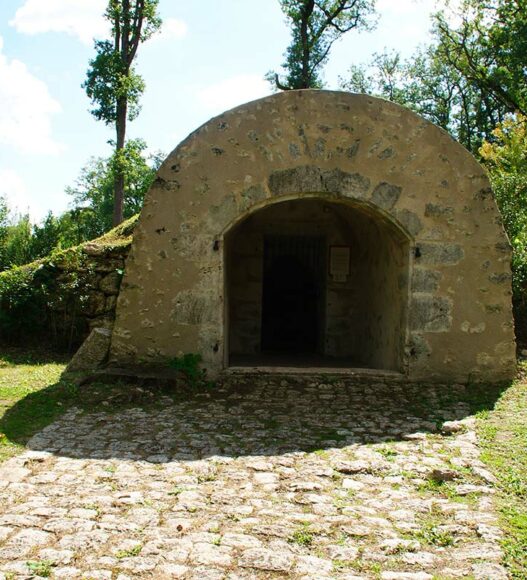

As part of the major redevelopment of the park by the landscaper Gilles Clément, this space brings together trees chosen not for their fruit but for the diversity of appearance and color of their bark. There are many fruit trees but also rare species such as a Japanese maple ( Acer Griseum ) which has an orange bark.
